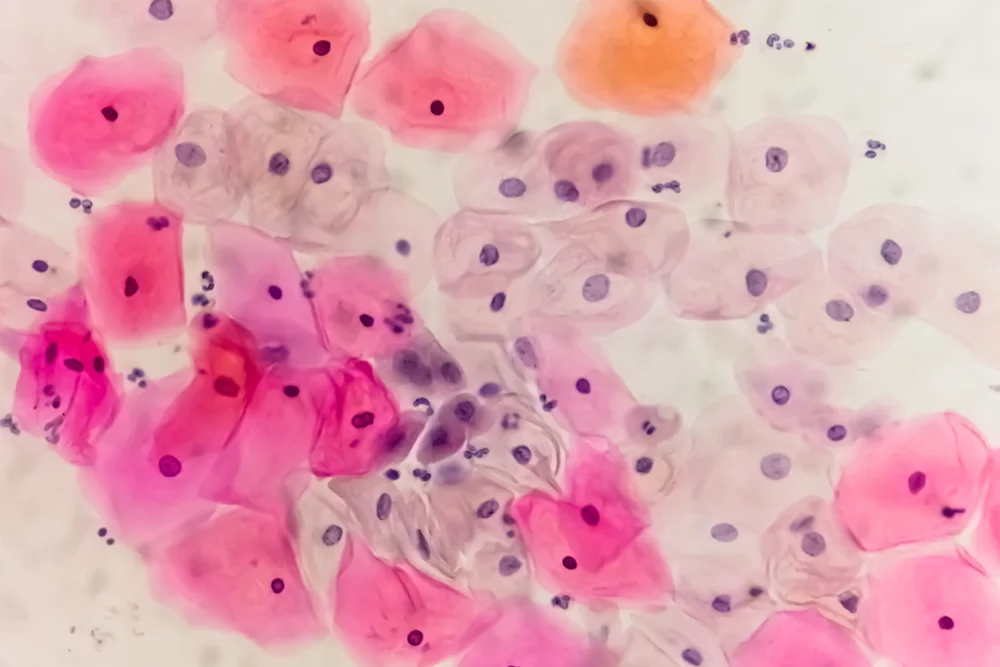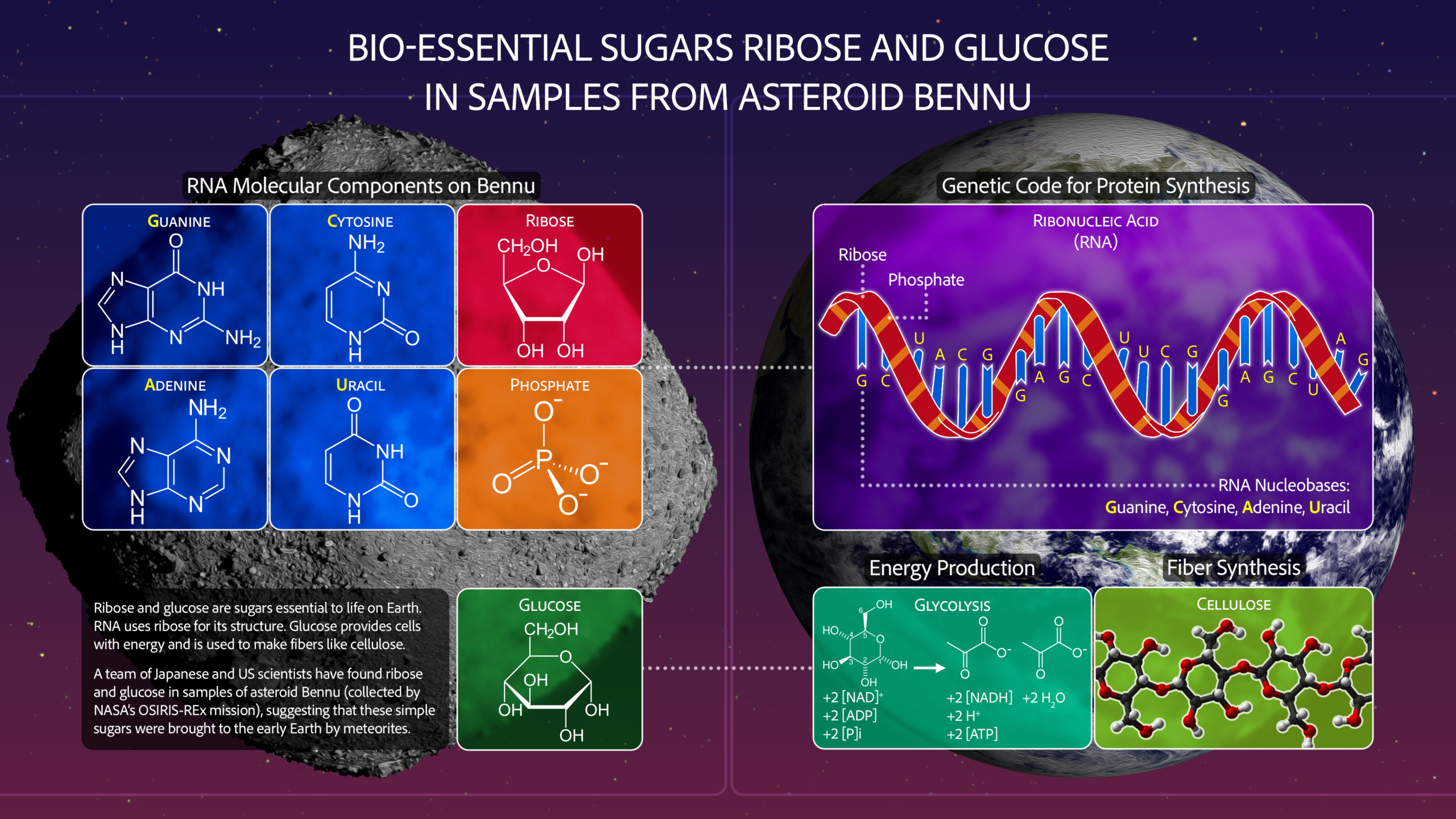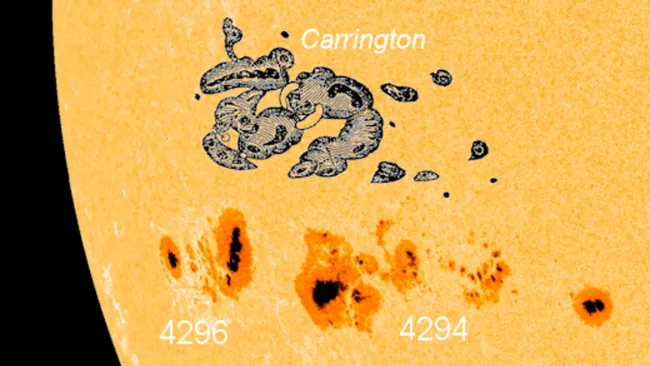Alzheimer’s disease, a devastating neurodegenerative condition affecting millions worldwide, has long challenged scientists seeking to understand its causes and develop effective treatments. While research has traditionally focused on the accumulation of amyloid-beta plaques and tau tangles in the brain, a recent breakthrough points to a genetic mutation that may dramatically increase Alzheimer’s risk, offering fresh insights into the disease’s underlying mechanisms.
The Genetic Breakthrough
A team of neuroscientists conducting large-scale genetic analyses has identified a previously unknown mutation in the CASP8 gene. This mutation appears to trigger the production of toxic proteins in the brain, distinct from the well-known amyloid-beta and tau proteins, which have dominated Alzheimer’s research for decades. Individuals carrying this mutation were observed to develop Alzheimer’s disease at a higher rate, often earlier in life, compared with non-carriers.
The mutation seems to alter how neurons handle cellular stress and protein regulation, leading to accumulation of polyGR proteins — sequences rich in glycine and arginine — which are toxic to brain cells. Laboratory studies suggest that these proteins disrupt cellular function, promote inflammation, and eventually contribute to neuronal death.
Why This Discovery Matters
For years, scientists have debated why some individuals develop Alzheimer’s despite having no apparent risk factors or how genetic predisposition influences disease onset. While the APOE-e4 gene has been the most widely recognized genetic risk factor, the discovery of the CASP8 mutation adds a new dimension to understanding genetic vulnerability.
Unlike amyloid-beta and tau proteins, the polyGR proteins generated by the CASP8 mutation represent a novel pathological pathway. This discovery indicates that Alzheimer’s disease is likely not a single-process disorder but a complex condition influenced by multiple interacting molecular and genetic mechanisms.
Implications for Treatment Development
One of the most exciting aspects of this discovery is its potential to inform targeted therapies. By focusing on the polyGR pathway, researchers could develop drugs designed to prevent the formation of toxic proteins or enhance the brain’s ability to clear them. Early-stage lab studies are exploring small molecules and gene-editing techniques that might neutralize or correct the effects of the CASP8 mutation.
Additionally, this finding could inform precision medicine approaches for individuals with a high genetic risk. If carriers of the mutation are identified through genetic testing, they might benefit from early interventions, lifestyle modifications, and monitoring strategies tailored to their specific risk profile.
The Broader Genetic Landscape of Alzheimer’s
The CASP8 discovery underscores that Alzheimer’s disease is a multifactorial disorder, influenced by genetics, environment, and lifestyle. While genetic mutations like CASP8 and APOE-e4 increase risk, they are not absolute determinants. Factors such as cardiovascular health, diet, sleep quality, social engagement, and mental activity all interact with genetic predispositions to shape disease outcomes.
This perspective emphasizes that preventing or delaying Alzheimer’s may require a combination of approaches, including medical therapies, behavioral interventions, and population-level public health strategies.
Challenges and Next Steps
Despite the promise of this discovery, several challenges remain:
- Validation Across Populations
The CASP8 mutation has been identified in specific study groups. Researchers must confirm its prevalence and impact across diverse populations to ensure findings are globally relevant. - Mechanistic Understanding
While polyGR proteins appear toxic, scientists are still elucidating exactly how they disrupt neural function and interact with other disease pathways. Detailed mechanistic studies are essential before therapeutic interventions can be optimized. - Ethical Considerations in Genetic Testing
If genetic testing for CASP8 mutations becomes widespread, ethical considerations regarding privacy, psychological impact, and potential discrimination must be carefully managed. - Long-Term Studies
Alzheimer’s progresses slowly over years. Longitudinal studies will be needed to track mutation carriers and evaluate how early interventions might alter disease trajectories.
Hope on the Horizon
The discovery of the CASP8 mutation represents more than just a scientific breakthrough — it is a beacon of hope for millions of families affected by Alzheimer’s. By uncovering new pathways of disease, researchers can design innovative therapies and preventive strategies that were previously unimaginable.
Moreover, this research illustrates the power of modern genetics. Advances in genome sequencing, bioinformatics, and brain imaging are enabling scientists to pinpoint subtle genetic changes with profound effects, offering an unprecedented opportunity to tackle Alzheimer’s at its roots.
Public Health and Awareness
As scientists pursue treatments targeting the CASP8 pathway, awareness of Alzheimer’s risk factors remains critical. Lifestyle factors — such as maintaining a balanced diet, engaging in regular physical and cognitive activity, managing blood pressure, and avoiding smoking — continue to be vital for brain health. Combining these strategies with potential future therapies could provide a multi-layered defense against cognitive decline.
Conclusion
Alzheimer’s disease remains one of the most challenging public health issues of our time. The discovery of the CASP8 gene mutation and its role in producing toxic proteins adds a crucial piece to the puzzle. While much work lies ahead, the finding underscores that genetic research is more than academic — it has the potential to change lives, offering hope for early detection, prevention, and treatment of a disease that affects millions worldwide.
This breakthrough reminds us that science is steadily peeling back the layers of Alzheimer’s, revealing the complex interactions that underlie cognitive decline and bringing us closer to solutions that could save future generations from its devastating impact.















Leave a Reply